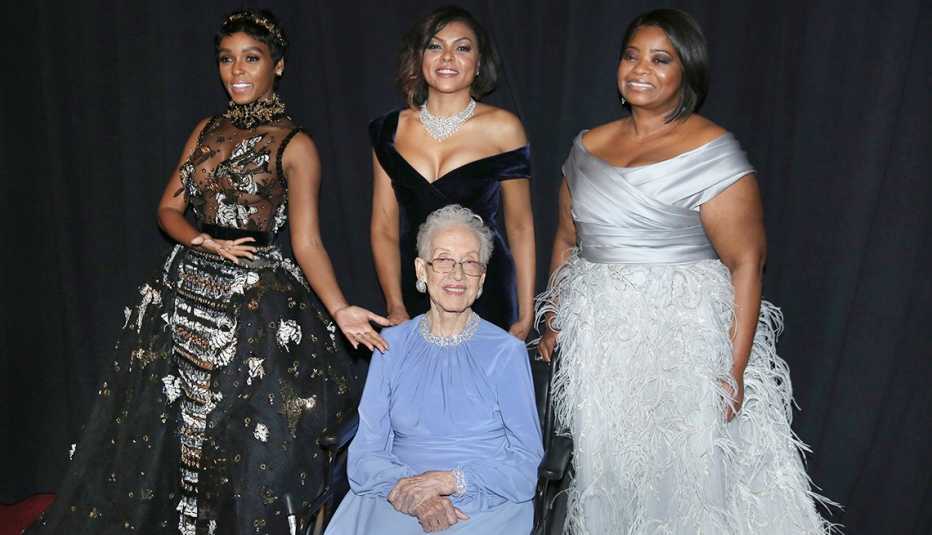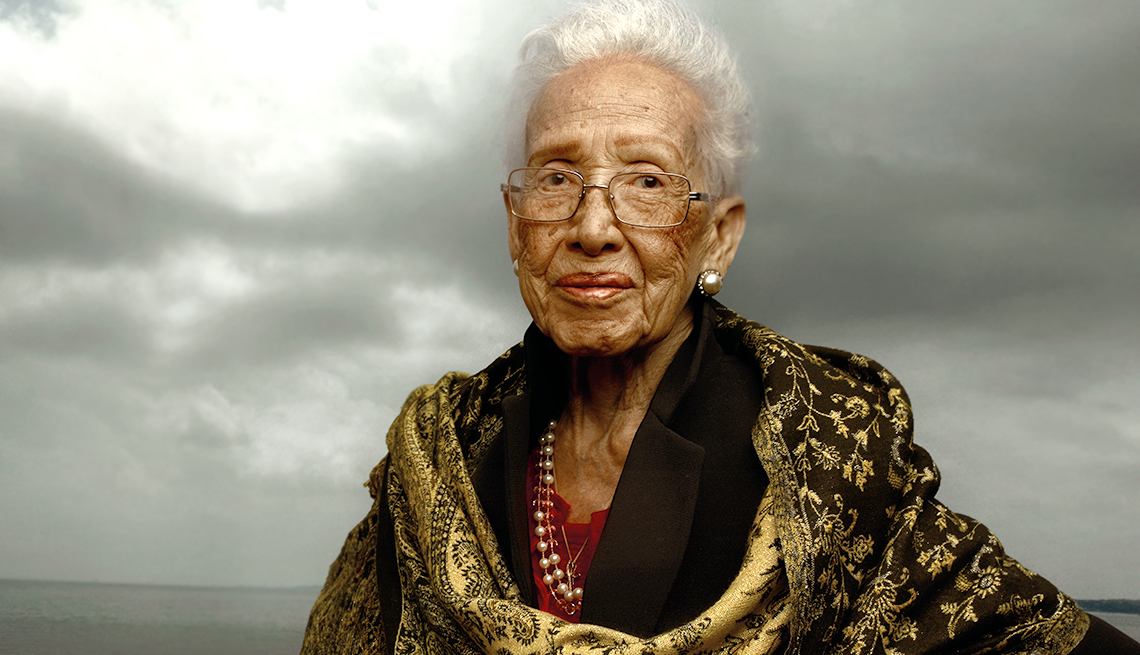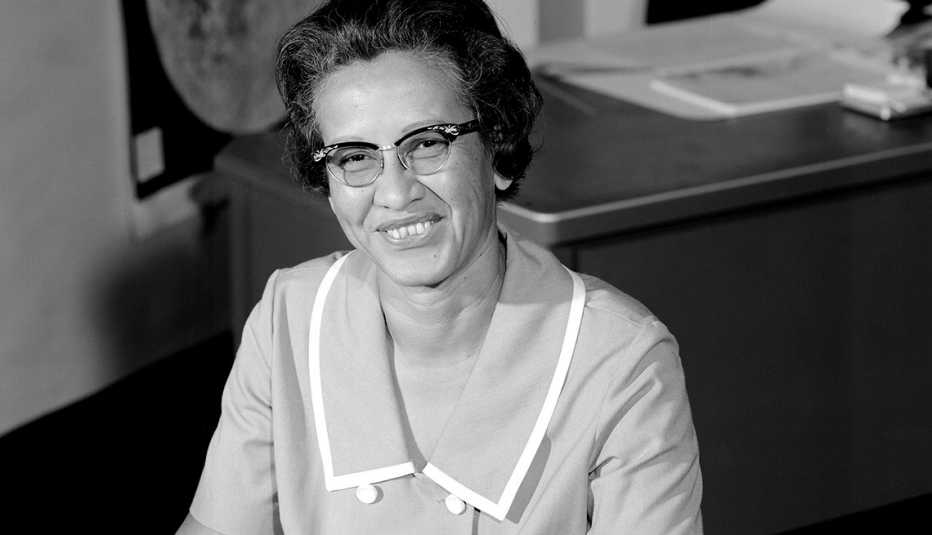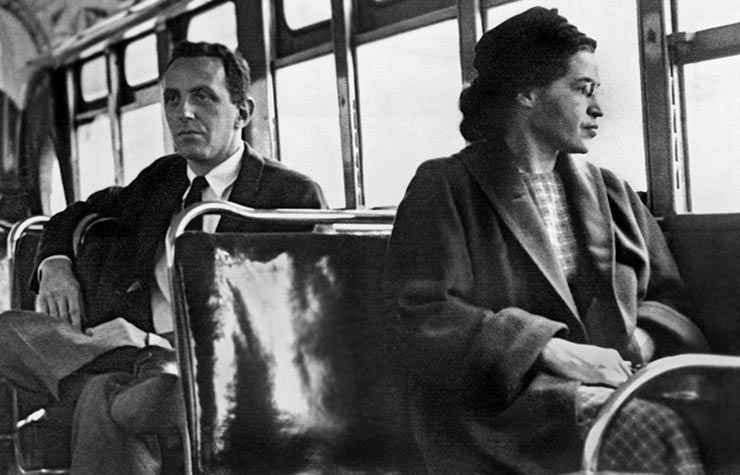Staying Fit
Editor's note: The following is a 2018 interview with former NASA mathematician Katherine Johnson, who died Feb. 24, 2020.
Katherine Johnson, one of the NASA mathematicians depicted in the movie Hidden Figures, turns 100 in August, and NASA recently named a research center after her. In an interview with the AARP Bulletin, Johnson speaks about her love of math and the continuing ways that she encourages young people to pursue their dreams.


AARP Membership— $12 for your first year when you sign up for Automatic Renewal
Get instant access to members-only products and hundreds of discounts, a free second membership, and a subscription to AARP the Magazine.
Your work at NASA beginning in the 1950s made you a pioneer for African American women as well as for the space program. How did you cope with the discrimination common in America in that era?
My colleagues and I were committed to the work. We found different ways to deal with the segregation.
In the cafeteria, we just ignored the sign [for segregated seating]. But at some point, we started eating at our desks. When we left work, our lives were definitely separate — separate communities, separate schools for our children, separate grocery stores and churches. But then we’d be back with our colleagues on the job. People are people. My father’s advice helped. He said, “You’re no better than anybody else, but nobody is better than you.”
What caused your love for math?
I was always interested in math. I counted everything as a child — the number of steps up the stairs, the dishes, the steps to church. Those thoughts just came naturally. While I skipped grades in school, my parents made sure I stayed grounded.
Explain what math means to you.
It’s just there. You can’t do anything without it. It’s in everything. I like to work problems. If you do your best, nobody can ask you to do it over again. I never had to repeat what I did.


Hidden Figures has scenes about you and John Glenn, the first astronaut to fly around the Earth. Were they accurate or just Hollywood embellishment?
I did the calculations to put him into orbit. NASA began using computers, but [the astronauts] were used to somebody doing the calculations. John Glenn said, “What did the girl get? If she agrees with the computer, then I’ll trust the computer.”
I was able to work out the calculation several places past the decimal point, and he said OK to the mission.


































































